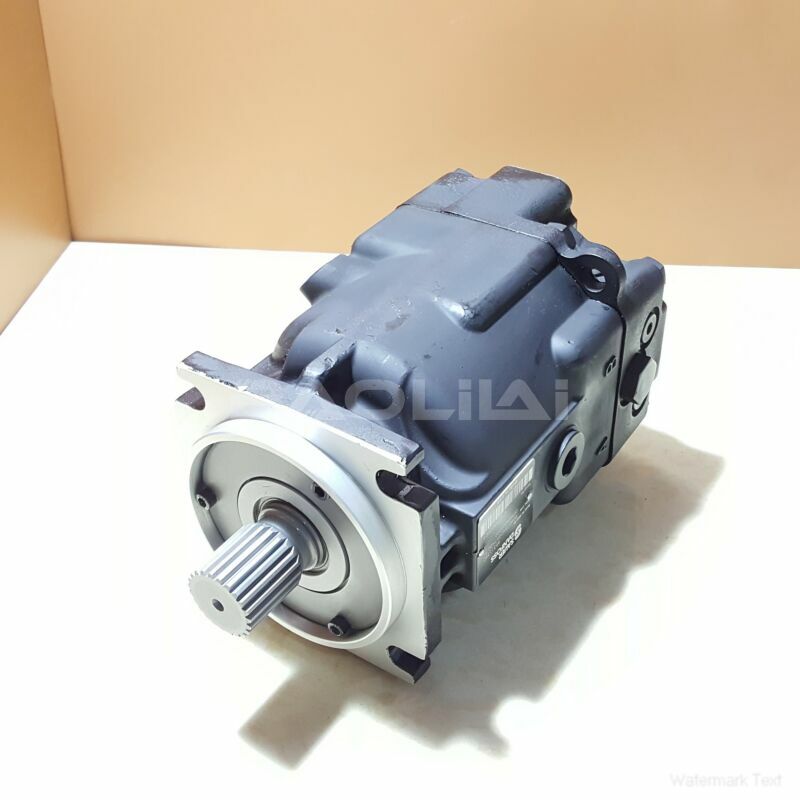90M100NC0N8N0K3W00EAA0000F3 hydraulic motor
90M100NC0N8N0K3W00EAA0000F3 hydraulic motor

- Product Details
- Applicable Scene
High voltage motors play a crucial role in the operation of chiller plants, which are essential components in modern HVAC (Heating, Ventilation, and Air Conditioning) systems. These motors are utilized to drive compressors, pumps, and fans, significantly impacting the performance, efficiency, and reliability of chiller plant operations. Understanding the relationship between high voltage motors and chiller performance can help in optimizing energy consumption, reducing operational costs, and extending equipment life.
90-M-100-NC-0-N-8-N-0-K3-W-00-EAA-00-00-F3
90M100NC0N8N0K3W00EAA0000F3
One of the primary advantages of high voltage motors is their ability to deliver high power output with relatively lower current levels compared to low voltage motors. This not only reduces energy losses in the electrical distribution system but also diminishes the size and cost of conductors and other associated components. Furthermore, high voltage motors often have higher efficiency ratings, translating into lower operational costs for chiller plants.

11050997
Efficiency is a critical factor in chiller plant performance. With increasing energy costs and a growing emphasis on sustainability, the energy efficiency of high voltage motors can lead to substantial cost savings over time. High efficiency motors minimize energy losses during operation, which can directly lower the total energy consumption of the chiller plant. This is particularly important in large facilities where chillers run continuously and energy costs can be a significant portion of the operational budget.
Another impact of high voltage motors on chiller plants is related to their reliability and maintenance. High voltage motors are typically designed for durability and longevity. By using quality materials and advanced manufacturing techniques, these motors can withstand harsh operating conditions. This robustness contributes to the overall reliability of the chiller plant, leading to reduced downtime and maintenance costs. Less frequent repairs and replacements not only enhance operational efficiency but also contribute to a more predictable chiller plant performance.





